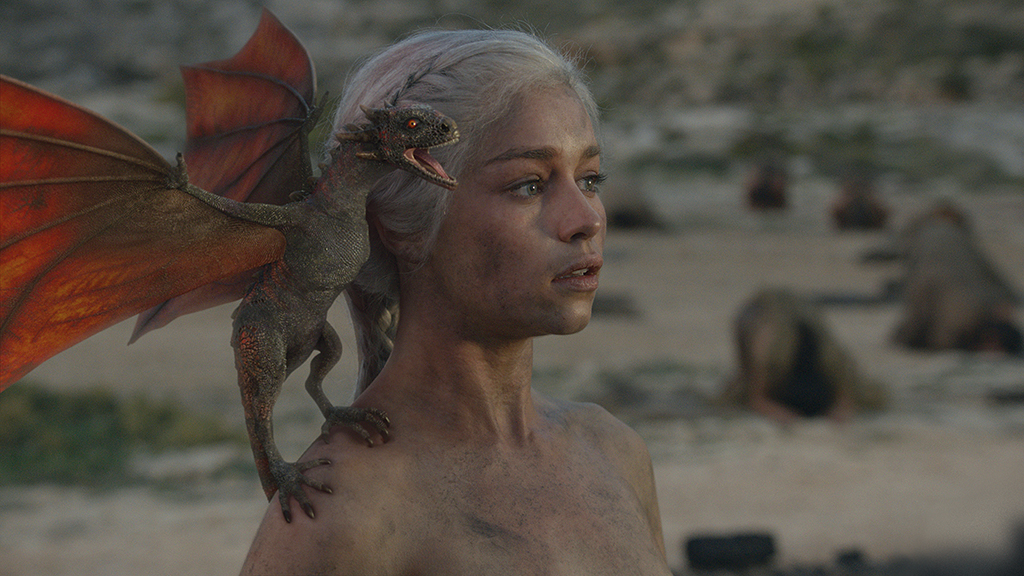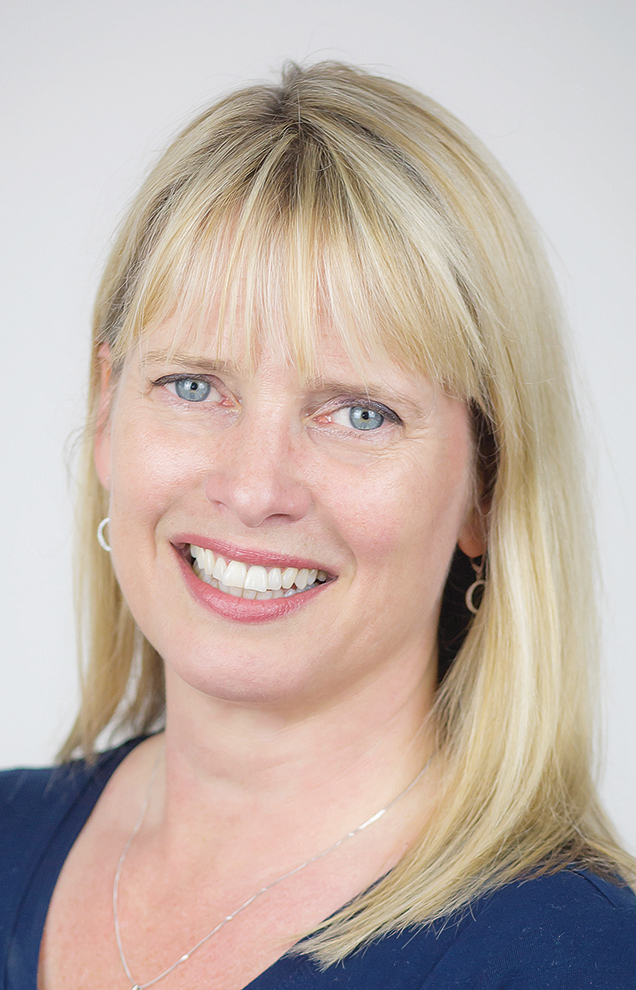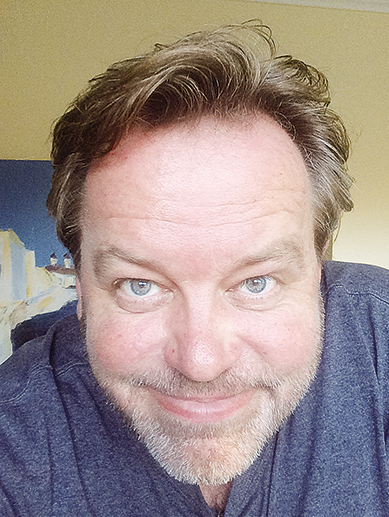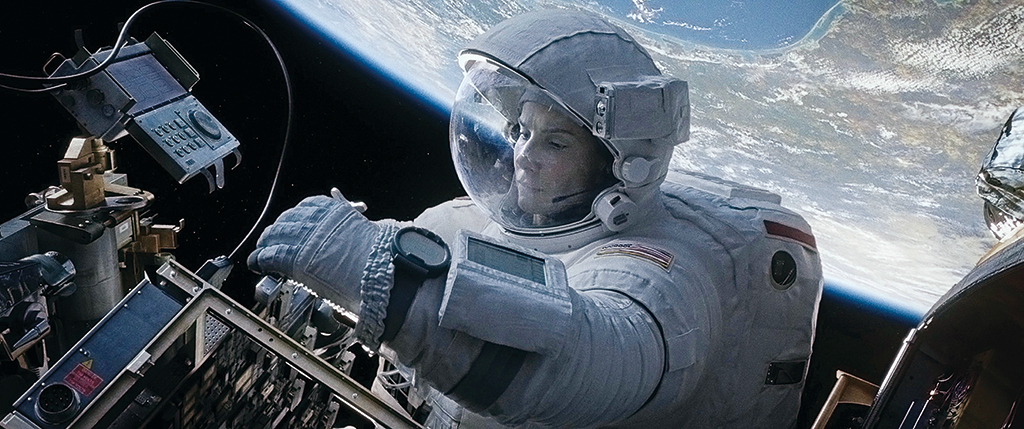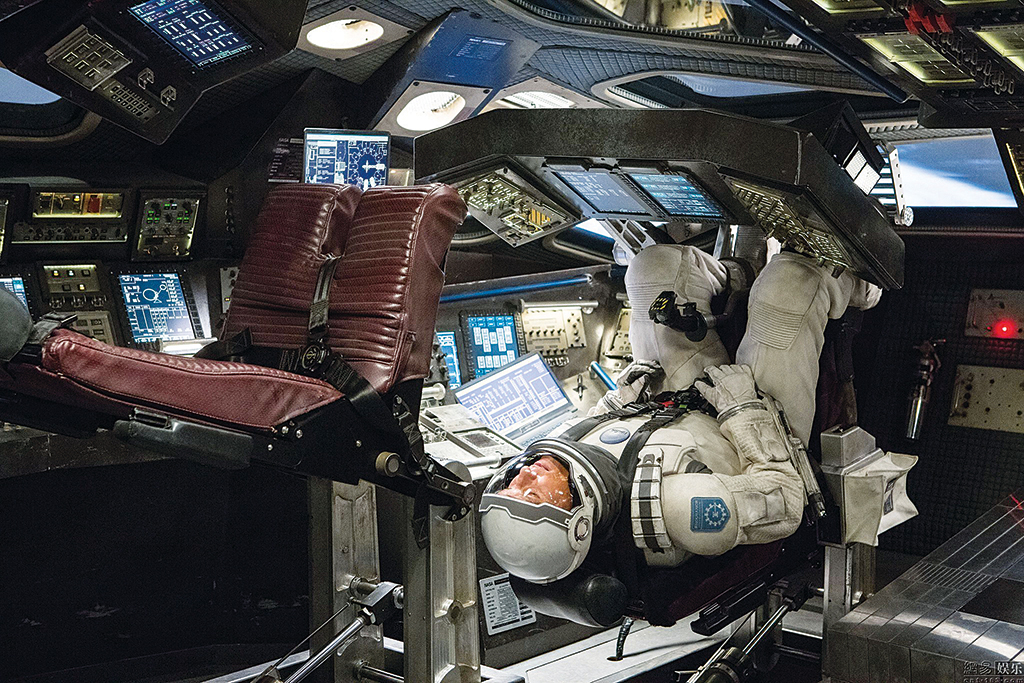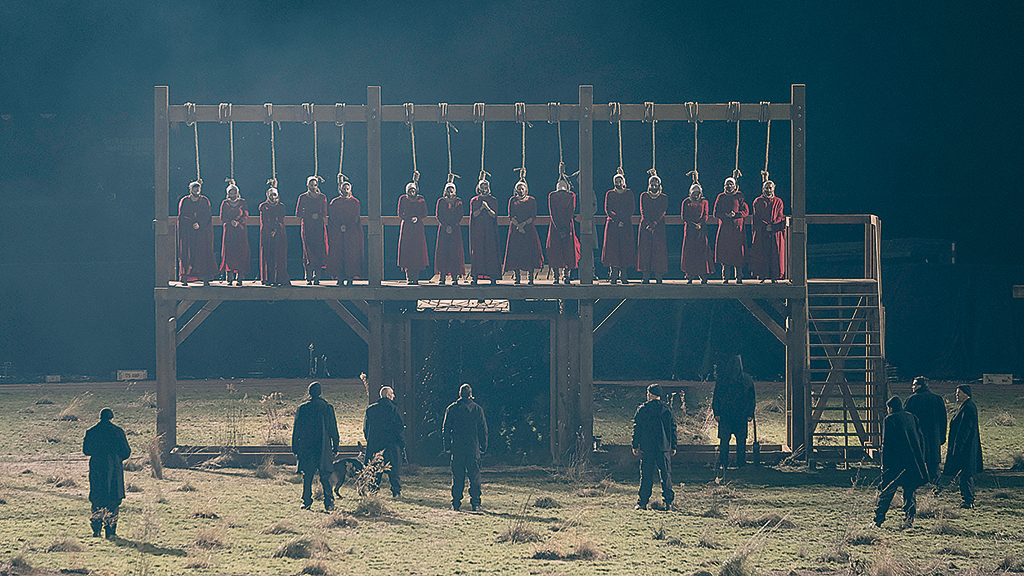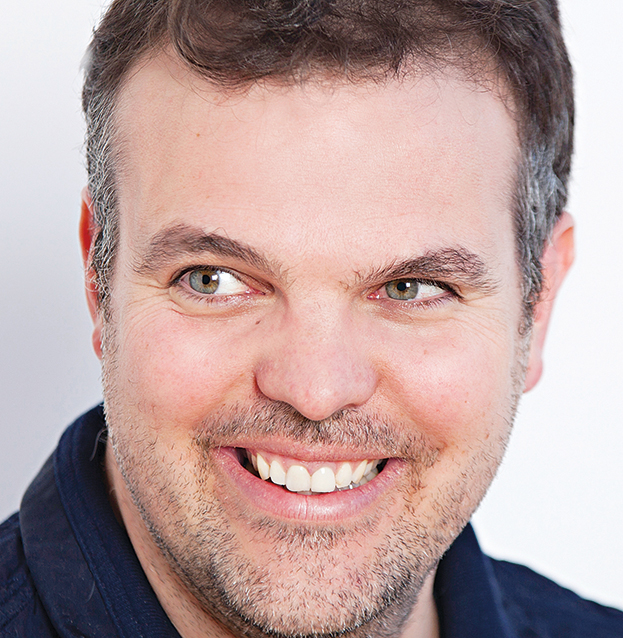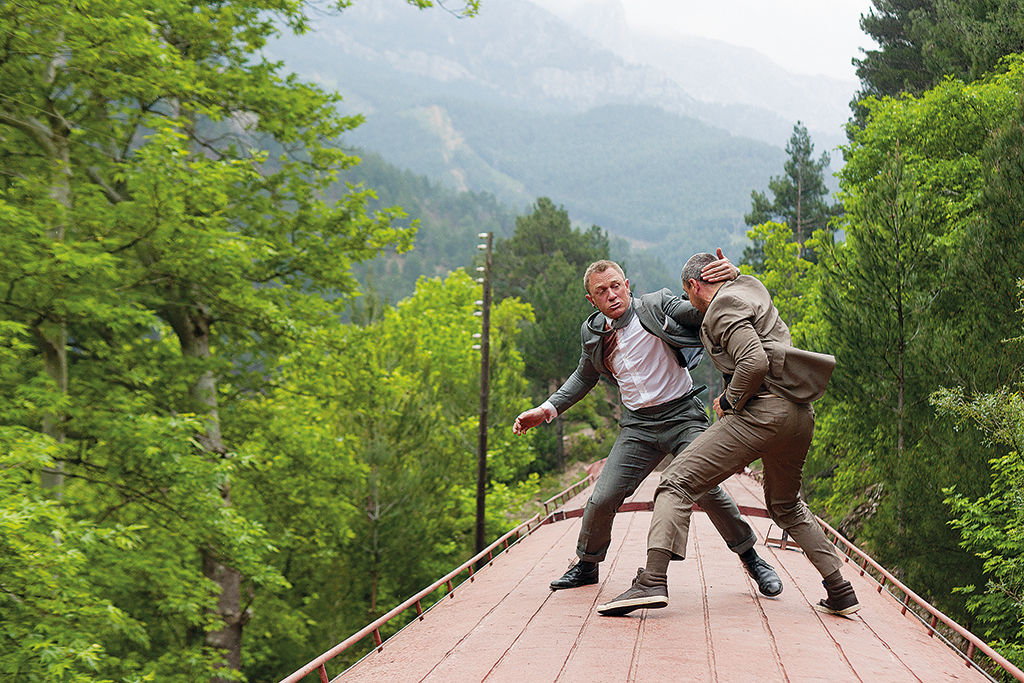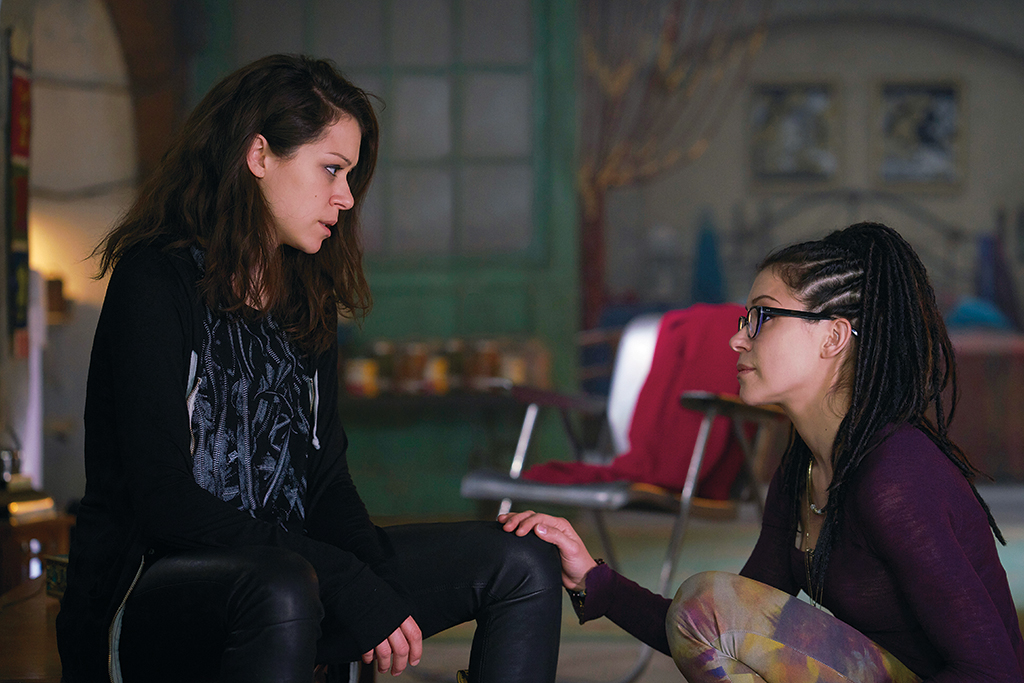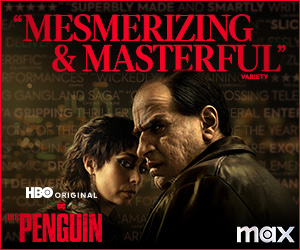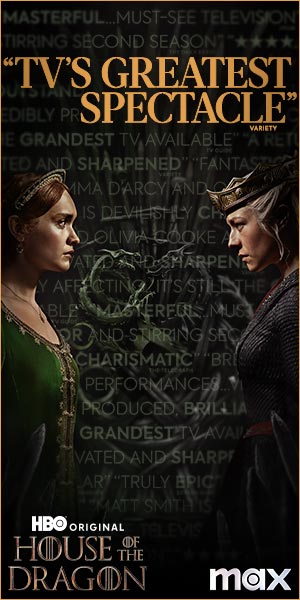First steps: This type of scenario is a great example of how the visual effects supervisor needs to work very closely with other departments. Communication and planning is key. It’s critical to have an early discussion with the special effects supervisor, stunt coordinator, production designer, director and producer. Any sequence involving fire has a level of complexity and safety requirements beyond a normal shoot. Putting a child into the mix increases that complexity.
Initially, it’s important to know what the location is, how much fire, smoke and destruction is wanted, and how close all of this happens to the actors. Storyboards would be a huge help, even at this early stage. Anything which involves SFX, VFX and stunts always needs careful planning, and visuals will make sure everyone is imagining the same scenario.
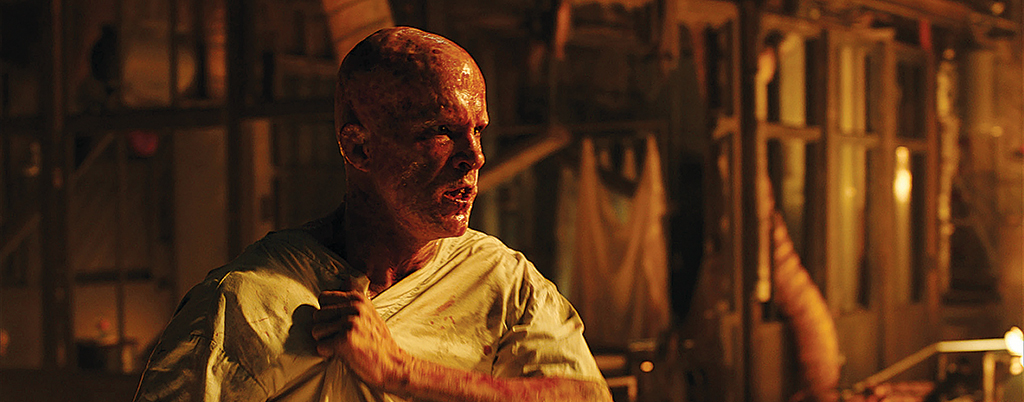
This scene from Deadpool could serve as inspiration for the fire scenario. Here, a scene of Wade Wilson (Ryan Reynolds) caught in a factory fire was filmed mostly without much real fire. (Image copyright © 2016 Marvel)
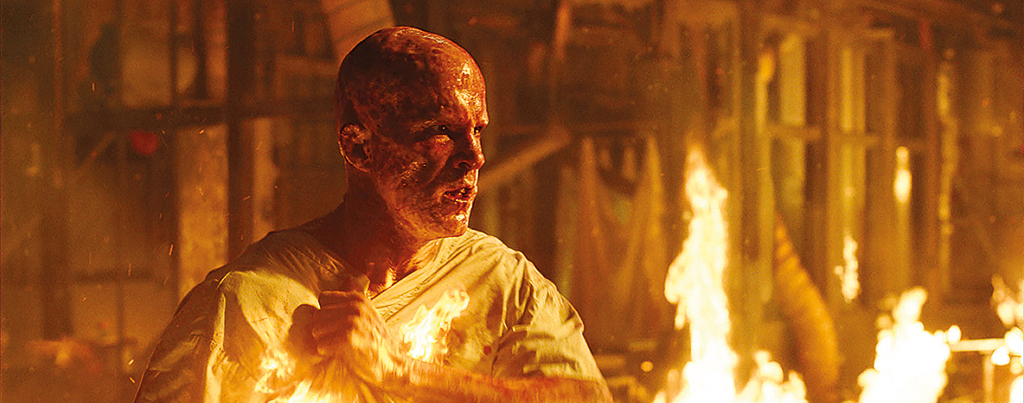
Rodeo FX would add fire to the shots from their own effects elements or CG simulations, ensuring that they managed to show individual parts of the building actually burning, rather than just placing the elements over the top. (Image copyright © 2016 Marvel)
Planning the VFX: The best results will always be achieved using practical fire, which means the amount of practical vs. digital will mostly come down to safety. Where practical fire can’t be used, interactive lighting would be needed so the VFX fire looks like it’s affecting the environment. The amount of smoke is also a consideration. Depending on the location, practical smoke may not be allowed. Ideally, the smoke would be mostly practical with more added in post where needed.
The collapsing building needs to be considered – which pieces collapse, what is revealed behind, how close is this to the actors, and if additional fire and sparks are thrown up. Burning embers and ash help make the scene look hotter and more dangerous. These are relatively straightforward to add in post, so it’s worth considering doing all or most of this in post rather than adding an additional layer of complexity to the shoot.
Instead of creating CG fire and smoke, it would be worth doing an element shoot of practical fire which can be added to shots. Even if CG fire and smoke are needed, it’s always good to be able to mix this with practical elements. Depending on the location, rather than just shooting simple elements, it’s good to create some structures that can be burnt to give form to your elements – window frames, beams of wood, etc. Smoke elements can also be created in confined spaces so they react correctly with the shape of the rooms.
Bidding: For bidding, the sequences would get split into easy, medium and hard shots, with an estimate of the number of each type of shot needed. The script pages are a good guide for this. If there are storyboards, then the breakdown can be done against the boards which would give a far more accurate estimate. For each shot it should be noted what additional VFX work is required – fire, smoke, heat haze, embers, falling debris. If this isn’t accounted for at the early bidding stage, costs will increase when in post.
During the shoot: When fire is involved, it’s always worth shooting additional reference footage of any practical fire that’s used on set. If this is shot as if for an element (underexposed, locked off, full frame), then it can be useful as additional elements to add into the final shot. There is often a desire to add heat haze in front of the lens. This is fine to do in non-VFX shots, but where you know you have to do any VFX work, it’s best to add any heat haze effects in post. Otherwise you’re battling with moving distortion on the shot, which obviously makes things very difficult.
